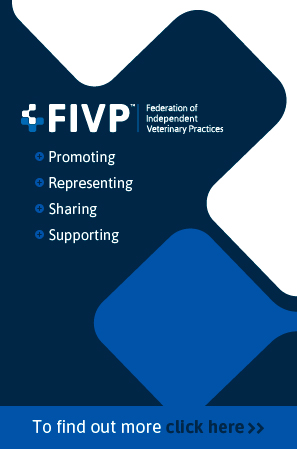Sheep industry launches welfare strategy
The strategy will focus on elements of sheep welfare including lameness and pain management.
The industry body Ruminant Health and Welfare (RH&W) has launched the first ever UK Sheep Welfare Strategy.
The initiative, which will run until 2028, aims to help the sheep sector improve animal welfare and demonstrate evidence-based progress.
The strategy includes six strategic goals:
- Healthy feet – reducing lameness
- Appropriate body condition – ensuring optimal body condition scores
- Thriving lambs – providing good nutrition and protecting against disease
- Collaborative flock management – active collaboration between farmers, veterinary surgeons and advisers
- Positive welfare – focusing on welfare when making all management decisions
- Sheep comfort – making sure every farm has a proactive pain management plan.
More than 95 businesses and organisations have signed up to the strategy.
National Sheep Association chief executive and RH&W steering group member Phil Stocker said: “This strategy will provide great ammunition to drive forward the sector across a wide range of welfare improvements over the next five years including the licensing of analgesics, influencing Government support programmes, and conditions in transport and at slaughter.
“The strategy contains a five-step plan for delivery, which includes a commitment for routine meetings with a working group representing all stakeholders so we can agree an action plan for each of the six goals.
“It will be challenging, but through RH&W we are determined to find ways to demonstrate and evidence the progress by producing an annual progress report for transparency.”
A similar strategy for dairy cattle was launched by RH&W earlier this year and there are plans to launch one for beef cattle.
Image © RH&W



 RCVS Knowledge has called on vet practices to audit their post-operative neutering outcomes.
RCVS Knowledge has called on vet practices to audit their post-operative neutering outcomes.